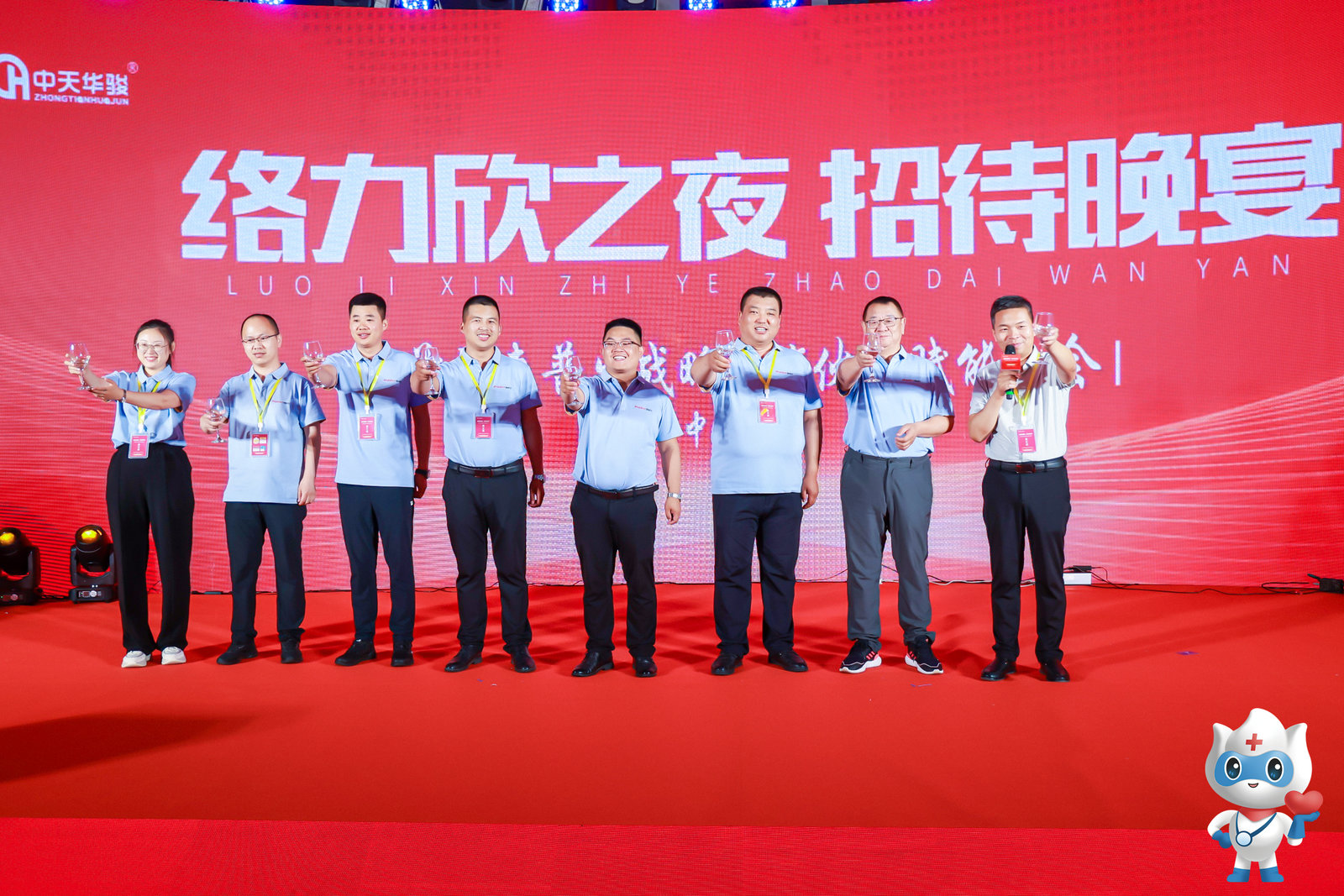
Авг . 30, 2024 01:24 Back to list
Coccidiosis in Poultry
Coccidiosis in Poultry Understanding and Managing the Threat
Coccidiosis is a parasitic disease that significantly impacts the poultry industry, causing substantial economic losses each year. This disease, primarily caused by protozoan parasites of the genus Eimeria, affects various avian species, particularly chickens. Understanding the biology of Eimeria, the clinical signs of the disease, and effective management practices is crucial for poultry farmers aiming to maintain flock health and productivity.
Understanding Coccidiosis
Coccidiosis is characterized by the rapid reproduction of Eimeria parasites in the intestines of infected birds. Transmission occurs through the ingestion of sporulated oocysts found in contaminated feed or water. Once ingested, the oocysts release sporozoites that invade intestinal cells, leading to cellular damage and inflammation. This parasitic invasion disrupts the normal absorption of nutrients, ultimately resulting in poor weight gain, diarrhea, and, in severe cases, death.
Chickens are particularly susceptible to coccidiosis during the first few weeks of life, when their immune systems are still developing. There are several species of Eimeria that can infect poultry, with Eimeria tenella being one of the most virulent, typically targeting the ceca. The severity of coccidiosis depends on various factors, including the age of the birds, the infective dose, and the immune status of the flock.
Clinical Signs and Diagnosis
The clinical signs of coccidiosis can vary depending on the severity of the infection. Common symptoms include
- Diarrhea Often watery and may contain blood. - Depression Infected birds may appear lethargic and isolated. - Poor growth and weight loss Birds may fail to gain weight and exhibit stunted growth. - Dehydration Due to excessive fluid loss from diarrhea. - Mortality In severe cases, especially in young chicks, mortality rates can be high.
Diagnosis is typically based on clinical signs, necropsy findings, and laboratory identification of oocysts in fecal samples. Early detection is vital for effective management, as severe outbreaks can lead to significant mortality and economic losses.
coccidiosis en aves factory

Management Strategies
Effective management of coccidiosis involves a combination of preventive and therapeutic strategies
1. Biosecurity Measures Implementing strict biosecurity protocols can help prevent the introduction of coccidia into the flock. This includes maintaining clean environments, proper sanitation, and controlling animal traffic.
2. Vaccination Live coccidiosis vaccines can help stimulate a protective immune response in young chicks, reducing the severity of future infections.
3. Anticoccidial Drugs Used as preventative or therapeutic measures, these medications can effectively control coccidiosis. However, careful management of drug use is essential to prevent the development of drug-resistant strains of Eimeria.
4. Management of Feed and Water Providing clean, uncontaminated feed and water is crucial. Regularly cleaning feeders and waterers can reduce the risk of infection.
5. Nutritional Support Maintaining optimal nutrition can enhance the immune response of birds, helping to protect them from infections.
Conclusion
Coccidiosis in poultry poses a serious threat to flock health and productivity, making it imperative for poultry producers to understand and implement effective management strategies. By focusing on biosecurity, vaccination, and proper flock management, farmers can mitigate the impact of this disease, ensuring healthier birds and more profitable operations. Continued research and advancements in understanding coccidiosis will further aid in safeguarding the poultry industry against this persistent challenge.
-
Quality Bacillus Coagulans BC30 Factory - Expert Production
NewsAug.02,2025
-
China Salivation AI with GPT-4 Turbo Features
NewsAug.01,2025
-
Epic Sepsis Factories: AI-Driven Detection with GPT-4 Turbo
NewsJul.31,2025
-
Acute Salpingitis and Oophoritis AI Factory
NewsJul.31,2025
-
Premium China Bacillus Subtilis Supplier & Factory Solutions
NewsJul.30,2025
-
Premium Avermectin Supplier in China | Custom Solutions Available
NewsJul.29,2025




